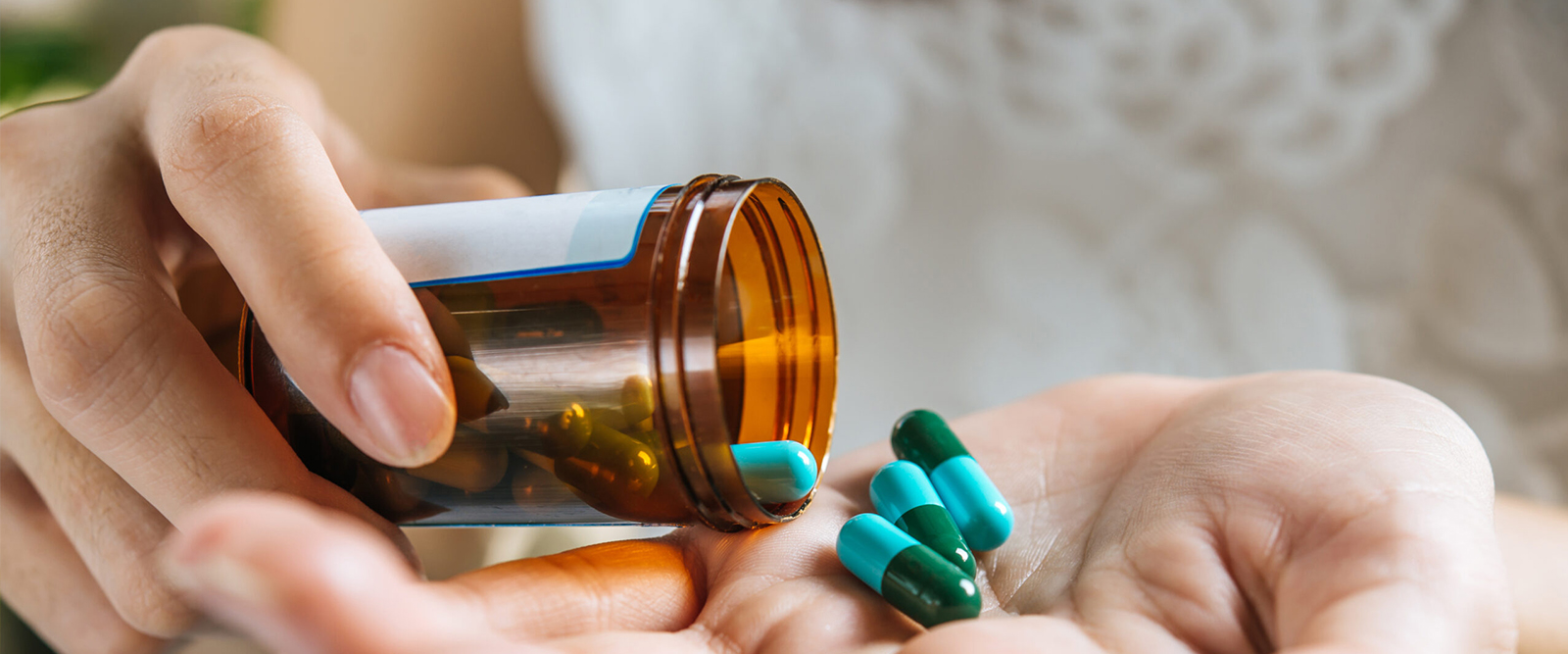
Medicare Part-D
Eligible beneficiaries who have limited income may qualify for a government program that helps pay for Medicare Part D prescription drug costs.
Medicare beneficiaries receiving the low-income subsidy (LIS) get assistance in paying for their Part D monthly premium, annual deductible, coinsurance, and copayments. Also, individuals enrolled in the Extra Help program do not have a gap in prescription drug coverage, also known as the coverage gap, or the Medicare. The amount of subsidy depends on the individual’s income compared to the Federal Poverty Level and resource limitations set by the Social Security Act.
Medicare Low Income Subsidy: Get Extra Help Paying for Part D
Beneficiaries with Medicare who have limited income and assets may qualify for Extra Help with the costs of their prescription drugs. This program is also known as LIS, or the Part D Low Income Subsidy. The Social Security Administration (SSA) and the Centers for Medicare & Medicaid Services (CMS) work together to provide the benefit.
Who qualifies for Extra Help?
Some people get Extra Help automatically. These include people who are enrolled in both Medicaid and Medicare (often called dual eligible), those receiving Supplemental Security Income (SSI), and those who qualify for a Medicare Savings Program. These individuals do not need to apply for the program, though they may still wish to consult a benefits counselor to determine the best Part D plan to suit their situation.
Anyone else who is not already enrolled in the benefits noted above must apply to Social Security to receive Extra Help. The income and asset requirements for 2020 are available in this chart.
Benefits of Extra Help
The amount of Extra Help a beneficiary receives depends on their income and resources. Beneficiaries will receive either a full-subsidy or a partial-subsidy. Be sure to review the Extra Help eligibility and coverage chart for details. Most people who qualify for Extra Help will pay:
- No premiums,
- No deductibles (unless receiving the partial subsidy), and
- No more than $8.95 in 2020 for each drug their plan covers.
